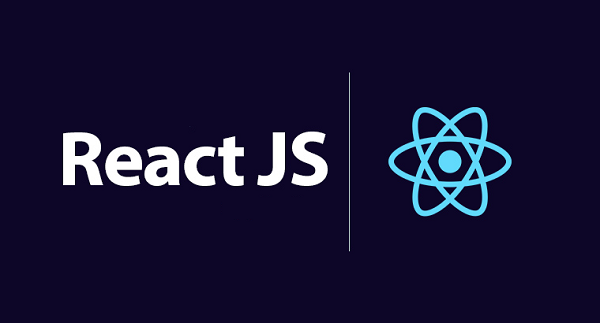
Introduction:
In the ever-evolving landscape of technology, Software-as-a-Service (SaaS) has emerged as a game-changer, providing businesses with convenient and flexible solutions. This article aims to be your go-to guide, exploring the step-by-step process of building a successful SaaS product. Whether you’re a startup or an established business, understanding the intricacies of SaaS development is crucial for staying ahead in the digital realm.

Section 1: The Essence of SaaS
What is a SaaS product?
A SaaS product is an online software accessible to users without the need for installations, exemplified by popular platforms like Dropbox and Google Apps. Hosted on servers, SaaS offers security, scalability, reliability, and regular revenue for developers.
Advantages of SaaS
Explore the myriad benefits, including lower costs, scalability, accessibility, and a potentially larger customer base. Discover why SaaS is a preferred software delivery model.
Types of SaaS applications
Dive into various SaaS applications tailored for different industries, such as e-commerce, CRM, ERP, and project management. Learn how SaaS can revolutionize business processes across sectors.
Section 2: Building Your SaaS Dream Team
SaaS app development team composition
Delve into the roles within a SaaS development team, including Project Manager, Business Analyst, UI/UX Designer, Backend and Frontend Developers, and Quality Assurance Manager. Learn how each contributes to the success of your SaaS product.
Section 3: Step-by-Step SaaS Development Guide
1. Market analysis – validate your idea
Understand the importance of market analysis, validating your idea, and ensuring it meets the needs of your target audience. Learn from competitors and avoid common pitfalls.
2. Discuss the SaaS product requirements
Explore the commonalities in SaaS solutions, emphasizing customization, integration options, and security. Adapt to evolving consumer requirements and plan for scalability.
3. Define the MVP
Discover the significance of defining a Minimum Viable Product (MVP) and identifying core features that bring value with minimal costs. Understand how MVP evolves into the final product.
4. Choose your pricing model
Evaluate different pricing models, from usage-based to freemium, and align them with your target users’ needs. Set an initial low price, offer free trials, or promotional prices to attract users.
5. Technical aspects
Understand the critical technical decisions, including programming language, tools, and platforms. Consult with professionals to ensure both the long-term product and MVP are well-defined.
6. Find a SaaS development vendor and create a development team
Explore the options of creating an in-house team or outsourcing development. Highlight the advantages of outsourcing and how it allows you to focus on business processes like marketing.
7. Know your budget
Plan your budget meticulously, considering possible changes and delays. Understand the overall cost of SaaS application development, factoring in the time required to create and start selling your product.
Section 4: Converting an Existing App to a SaaS Model
1. Analyse
Evaluate your app’s potential compared to existing market solutions. Consider introducing new features or eliminating redundant ones. Think of the conversion process as giving your product a second life in the cloud.
2. Build a team
Train your team for the changes in maintaining and supporting a SaaS product. Consider external support and outsourcing SaaS app development for a smoother transition.
3. Choose a cloud provider
Highlight the importance of selecting a reliable cloud provider for hosting your SaaS product. Compare providers based on experience, user base, and customer service.
4. Migrate
Emphasize the patience required during the migration process, depending on product complexity and necessary integrations. Hiring SaaS software development experts can expedite the migration.
Section 5: Key SaaS Metrics for Success
What are the key SaaS metrics you should be tracking?
Explore essential metrics, including monthly or annual revenue, CAC, LTV, NPS, and customer churn. Understand the distinction between low-touch and high-touch SaaS products and how these metrics drive success.
Section 6: Summary
Wrap up the guide by summarizing the key points covered in the article. Remind readers of the significance of a well-thought-out SaaS development strategy.
Conclusion:
As you embark on the journey of building and boosting your SaaS product, remember that Brand Boost Up is your one-stop destination for everything you need. From expert development teams to comprehensive consultation services, we’ve got you covered. Build, launch, and elevate your SaaS product with confidence, and watch your brand soar to new heights in the digital realm.





